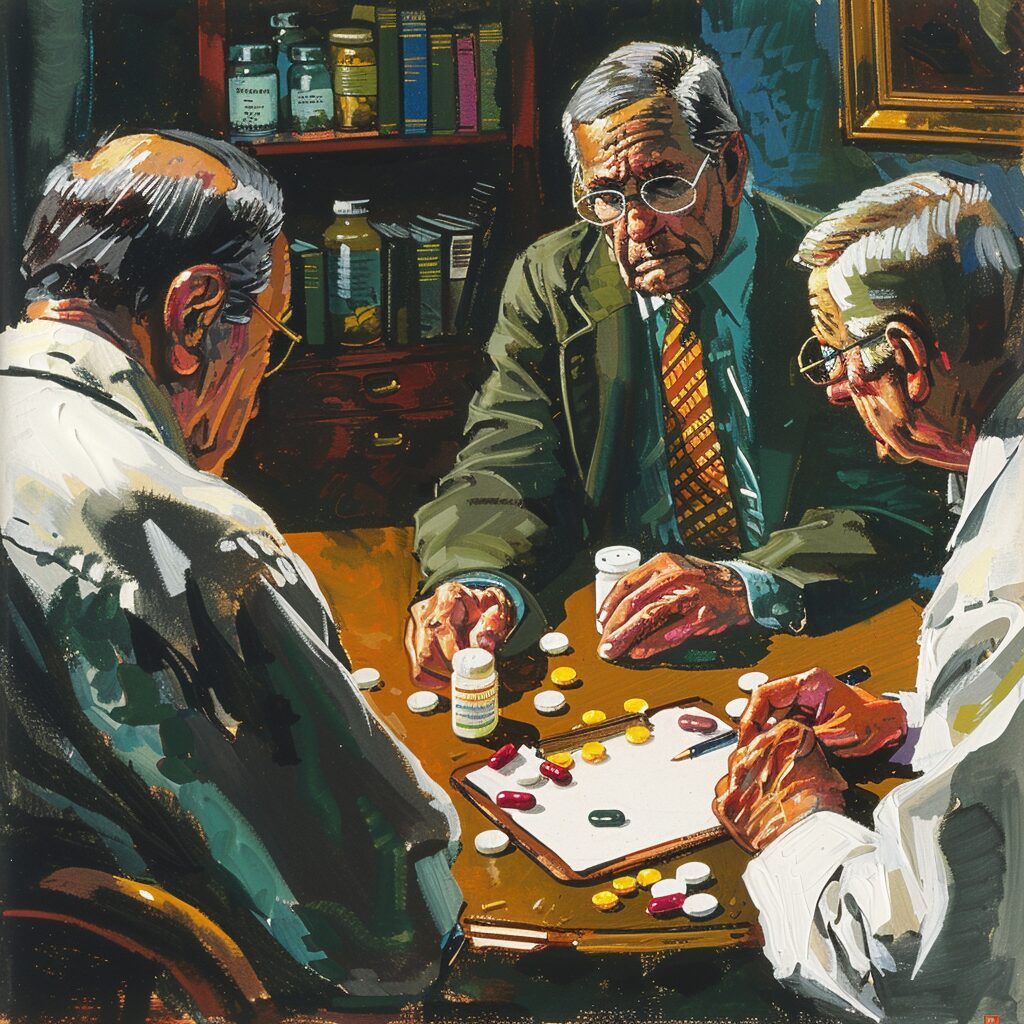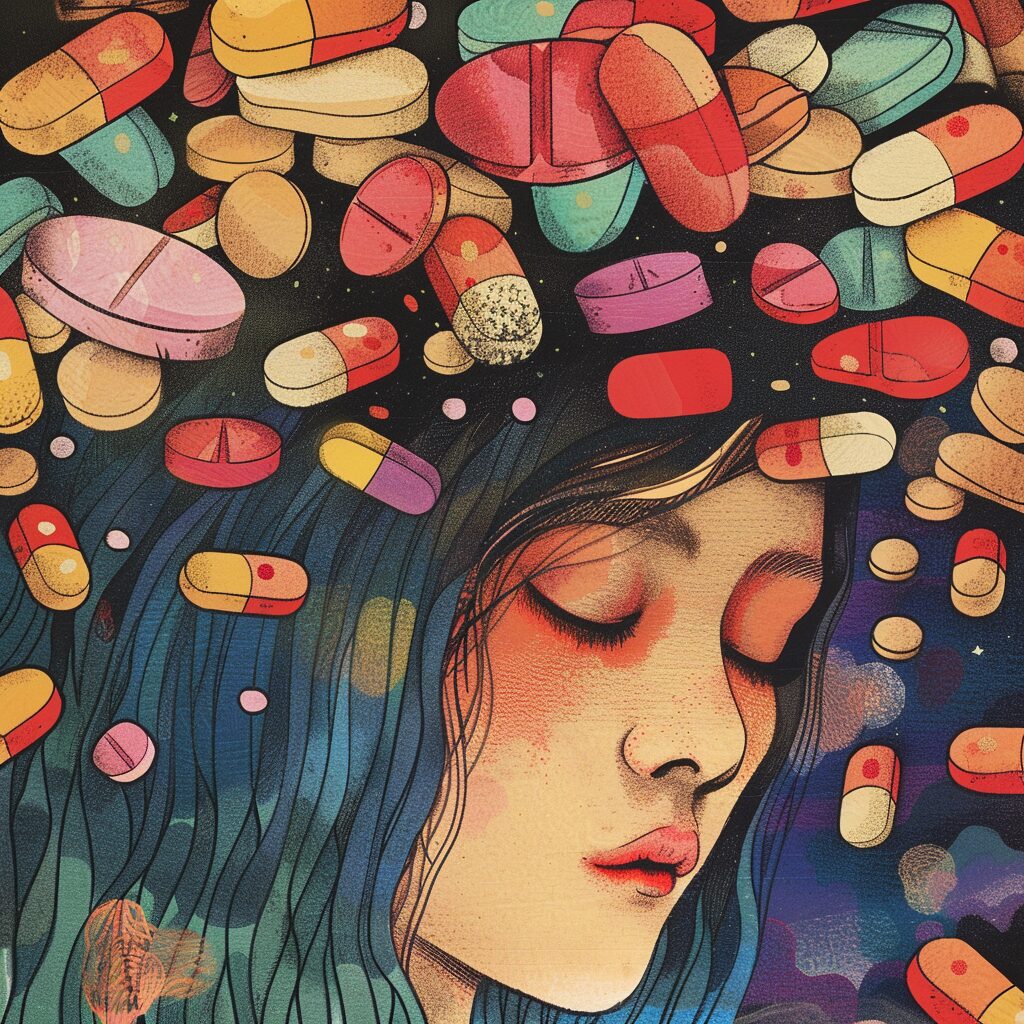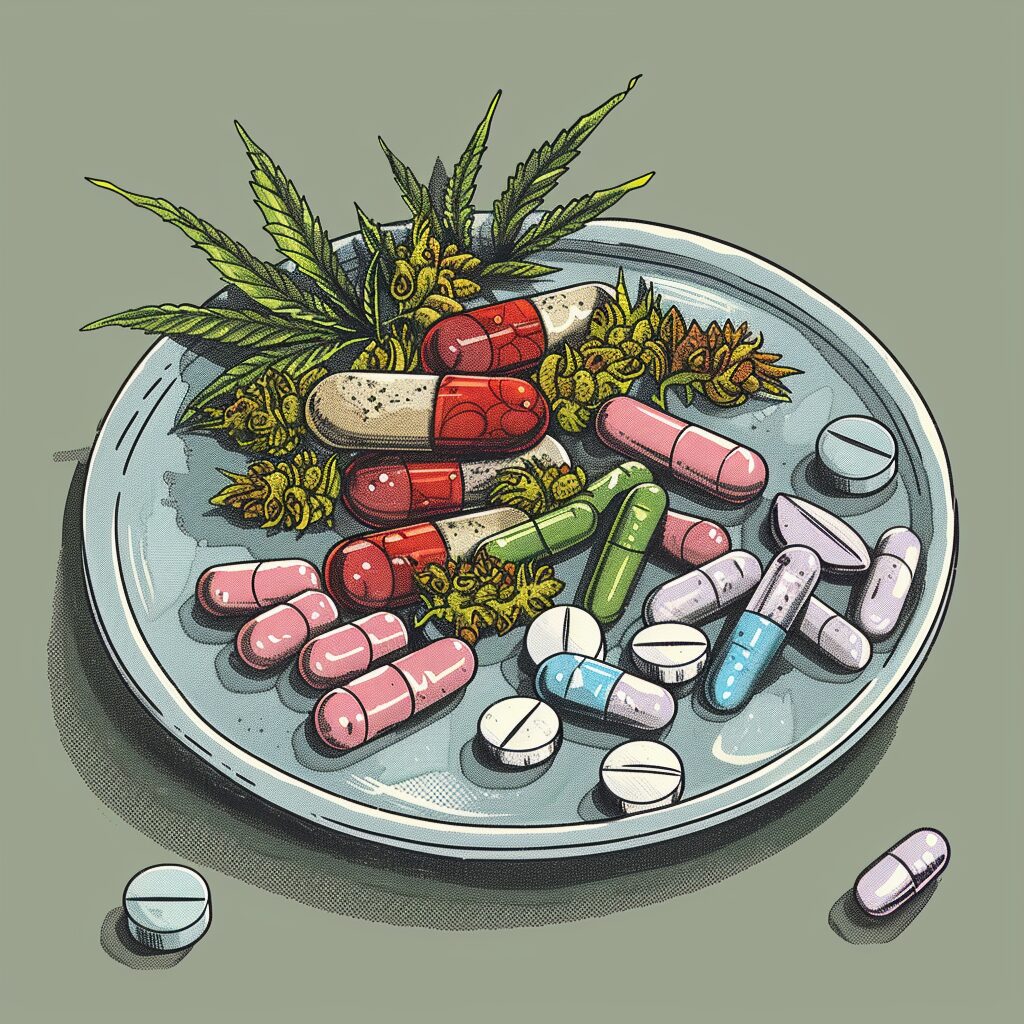
Despite the popularity of party drugs in nightlife scenes, the recreational use of party drugs can lead to detrimental consequences for an individual’s brain and body. Drug use of any kind (even one-time use) can impair brain structure and functioning, leading to long-lasting impacts on thought, emotion, and behavior patterns. For this reason and more, it is imperative for individuals to become aware of the inherent dangers of party drugs. Understanding ecstasy, for example, can help to shed light on the potential dangers of party drugs and work to protect individuals from developing substance use disorder (SUD) and addiction.
Meanwhile, for those that are already struggling with the potential abuse of party drugs like ecstasy, it is vital to understand that treatment is available and recovery is possible. Lantana Recovery is a rehabilitation facility that offers several treatment programs for those seeking healing from substance abuse and its effects. More specifically, Lantana’s Empowerment Program offers individualized client care through a multilayered structure and holistic support.
Understanding Ecstasy
Also synonymously termed MDMA or “molly,” ecstasy “is a synthetic drug that alters mood and perception (awareness of surrounding objects and conditions),” according to the National Institute on Drug Abuse (NIDA). MDMA and ecstasy are different forms of the same drug; ecstasy is a pressed pill, whereas MDMA is often crystallized powder. Nonetheless, variants share chemical similarities with both stimulants and hallucinogens. As a result, the drug is known to produce overlapping symptoms, such as increased energy as well as emotional warmth.
The effects of ecstasy typically last three to six hours from initial ingestion. However, most people who use ecstasy report consuming a second dose as the effects of their initial dose begin to fade. As one can imagine, binging ecstasy can lead to severe mental and physical health complications, yet many feel compelled to continue using the drug to maintain its desired effects.
Understanding ecstasy requires individuals to recognize the added risks of consuming street drugs. As ecstasy is an illegal substance, it can only be obtained through the street or the black market. Unfortunately, as sellers only have profit at the forefront of their minds, many street drugs are becoming increasingly laced with additives like fentanyl – which can be deadly after one single use. Therefore unsuspected buyers may unknowingly purchase and consume tainted drugs, putting themselves at risk of death.
Ecstasy’s Effects on the Brain
To understand why attempting the continued “high” of ecstasy is so tempting for recurrent users, it is important to understand the effects of ecstasy on the brain. NIDA explains that ecstasy increases the activity of three important neurotransmitters:
- Dopamine: Responsible for increasing energy, reducing fatigue, and plays a role in the reinforcement of pleasurable behaviors
- Norepinephrine: Responsible for increasing heart rate and blood pressure
- Serotonin: Responsible for regulating mood, appetite, sleep, and other important functions such as sexual arousal and trust
All of these neurotransmitters are necessary for proper functioning in daily life. However, with ecstasy, these neurotransmitters are released in excess, leading to unhealthy surges in the brain. Following use, ecstasy depletes these vital neurotransmitters, causing dysregulation among all internal brain systems. Further, this depletion in chemicals is what contributes to a wide range of negative psychological effects that may linger for days after taking ecstasy.
Potential Immediate Adverse Health Effects
NIDA highlights the potential immediate and long-term adverse health effects that may result from ecstasy use. Becoming familiar with these effects is an important part of understanding ecstasy and its dangers for well-being. Some immediate adverse effects include:
- Increased body temperature (hyperthermia)
- Dehydration
- Electrolyte imbalance
- High blood pressure
- Involuntary muscle or joint stiffness
- Jaw clenching
- Teeth grinding
- Restless legs
- Disorganized thought patterns
- Nausea
- Hot flashes
- Sweating
- Headaches
- Faintness
- Panic attacks
- Loss of consciousness
- Seizures
- Kidney failure
Potential Long-Term Adverse Health Effects
As mentioned previously, the potential adverse effects of ecstasy can linger for days or weeks following use. Some potential long-term adverse health effects of ecstasy include:
- Arrhythmia
- Increased irritability
- Depression
- Increased impulsivity
- Impaired attention, concentration, and memory
- Increased anxiety and paranoia
- Sleep disturbances
- Lack of appetite
- Heart disease
- Decreased cognitive functioning
Moreover, the repeated use of ecstasy can increase a person’s risk of developing chemical dependency, SUD, and addiction. Addiction involves compulsive drug-seeking and drug-using behavior despite the potential consequences that use is causing. In addition to the effects mentioned above, addiction can impair an individual’s sense of self, interfere with interpersonal relationships, and impair an individual’s ability to function in everyday life.
Another potential complication that can result from ecstasy use is serotonin syndrome. An article in the book Serotonin Syndrome explains, “Serotonin syndrome is a potentially life-threatening condition precipitated by the use of serotonergic drugs.” While symptoms can range in severity, this condition can interfere with an individual’s ability to feel pleasure altogether.
Understanding Ecstasy Treatment and Recovery
Despite the challenges that ecstasy use can pose for treatment, individuals can benefit from knowing that recovery is possible. NIDA explains that the most effective treatments for party drugs or MDMA use disorder include cognitive-behavioral interventions, such as cognitive-behavioral therapy (CBT). These interventions can help modify an individual’s thought and behavior patterns and foster healthier ways of coping with sobriety. Additionally, support groups have proven their efficacy by providing social support for long-term recovery.
Ecstasy is one of many party drugs that can pose an immense danger to your health and wellness. If you or a loved one is struggling with an addiction to party drugs like ecstasy, it is vital to understand that treatments are available to kickstart your recovery journey. Lantana Recovery offers several programs, including an Empowerment Program, to individualize client care to fit your unique needs and goals for recovery. In treatment, you will interact with a range of therapeutic approaches and recovery groups to address the underlying factors of your substance abuse. Likewise, you will gain confidence in your sobriety as you gain knowledge of valuable coping mechanisms. To learn more, call Lantana today at (866) 997-2870.







